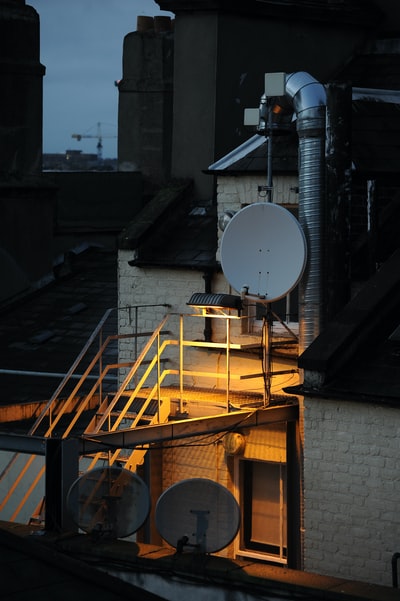Static Electricity

They become electrically charged because electrons (which are negatively charge particles) move from one insulating material to the other. Both materials end up with the same amount of charge but the end charges are opposite:
- – the material which gains electrons becomes negatively charged
- – the material which loses electrons becomes positively charged
Charged objects with different charges will attract each other. Charged objects with the same charge will repel each other.
If an object is charged and a smaller object is not charged then the charged object will attract the smaller, uncharged object.
When a charge flows through a conductor this is called a current. An electric current is the rate at which a charge flows. In a conductor which is solid, like a metal wire, electrons are the charge carriers. Metals are good conductors because they contain free conduction electrons that aren’t held in one atom. The electrons in insulators, on the other hand, are confined in atoms and so can’t conduct electricity.

The larger the charge on an isolated object the bigger the potential difference between it and the ground. If this potential difference reaches a high enough point then a spark can jump between the object and any earthed conductor brought close to it.
——————————————————
Electrostatics

Electrostatic smoke precipitators are found in chimneys. They prevent dust and smoke particles being released into the air. When the particles pass off the charged grid they become charged. The plates lining the chimney walls carry the opposite charge and so attract the particles which stick to them. The dust and dirt can then be easily collected later.
Electrostatic paint sprayers are popular for painting cars. The paint droplets are positively charged. This means they repel each other and produce a fine cloud. The car, meanwhile, is connected to a negative terminal and so attracts the paint droplets.
As useful as electrostatics is, it also has its dangers. One way to prevent an accident is to use earthing. For example, road tanker filler pipes pump fuel into storage tanks. If they were to become charged and a spark was caused then the fuel vapour would explode. To prevent this, filler pipes are earthed. Antistatic materials are another way to prevent charge.